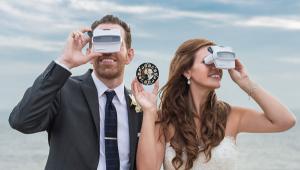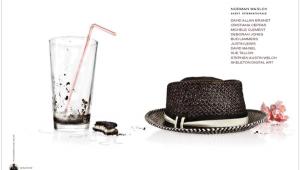Advertising Photography: What’s “Client Direct” And How Has It Changed The Game?
As database management (direct mail) and Internet marketing (websites) have cut into an agency’s “lock” on buying ad space and images as the only way to sell products and services, photographers have felt the effect. More and more, ad agencies are not always the prime clients for advertising photography; rather, companies (called “client direct”) are using their in-house departments to create ads and hire the photographers. In addition, the marketing of photography has radically changed in the last few years and this also has had an impact.
We catch up with all these trends in this month’s column, and I want to thank the photographers who added their wisdom and expertise, including Astor Morgan, Anthony Nex, Christina Peters, and David Zaitz. Please see the Web Resources section at the end of this column and visit their websites to see more of their work.
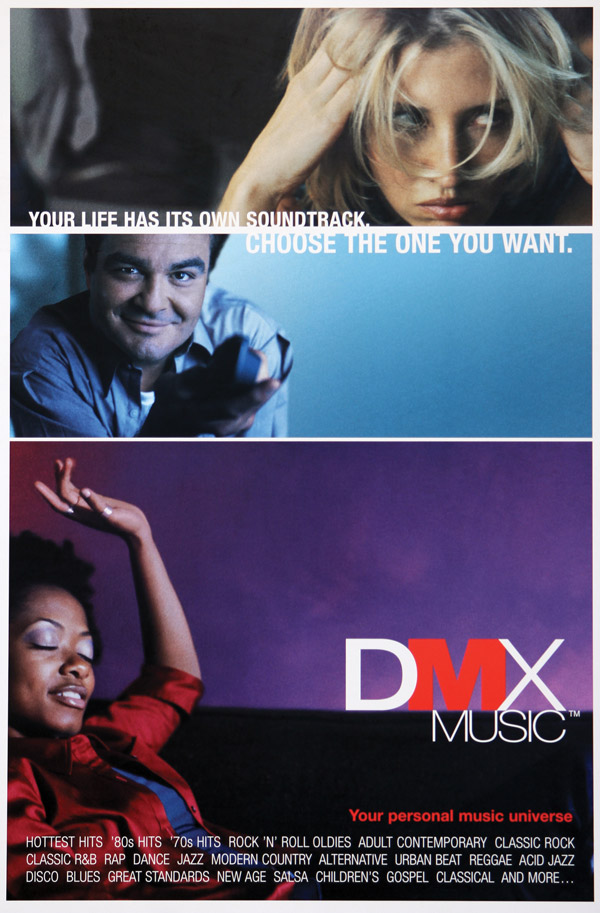

Shutterbug: How has the shift to “client direct” advertising photography these days affected your business?
David Zaitz: I’m focusing more on client direct and my most loyal accounts are client direct. After working with advertising agencies and all the bureaucracy that goes with it (triple bidding, cost consultants, account executives at photo shoots, etc.), it’s refreshing to work with the client directly—they simply hire you.
I’ve also seen more creative directors who have spun off from the agency world and set up virtual agencies where they organize other freelancers to establish a laser-focused team to meet their clients’ needs on a case-by-case basis. They can expand or contract their creative team as needed and don’t have the high overhead that traditional agencies incur.


Astor Morgan: All of my ad jobs have been client direct. The client or talent may take a liking to me or my personality or my photography and hire me directly. Sometimes I work with an art director who they have hired, or sometimes they trust I will deliver images worthy of their image and campaign. Everything, every job, has the potential to lead to more work, so don’t think any less of a client direct shoot when producing or delivering the product. Art directors get around, especially freelance art directors, and I have been recommended by many of these art directors to new clients.
Christina Peters: We get a lot of work these days that is client direct. I will work directly with food distributors or with smaller companies who are the actual food manufacturers.
Anthony Nex: For the last decade or so my clients have been hiring away creatives (art directors) from their ad agencies to work in-house. Consequently I’m doing a lot more work (most of my work actually) for the clients directly and less for the ad agencies. I’m also continuing to get calls from (television) production companies, to shoot print ads in conjunction with a broadcast campaign. Both of these scenarios have tremendous advantages over the typical ad agency shoot.


SB: What are typical difficulties or differences you encounter when dealing with the ad agencies?
Astor Morgan: The difficulty is getting your foot in the door. Some ad agencies either may not be interested in considering a photographer who does not have representation or the photography reps simply bang on the agency doors a little harder.
David Zaitz: Getting through the cacophony of marketing from all the photographers is difficult. If a client is large enough to have an advertising agency, they are usually the point person. Agencies typically resist suggestions by clients regarding what vendors to use. Marketing to ad agencies can be different than marketing to client direct. Agencies are a little better at extrapolating and seeing how a photographer could offer potential. Client direct people are typically more literal and need to see exactly what they want.
Christina Peters: The difficulty with ad agencies today is that they are bombarded daily with e-mail promos so they will most likely not see your e-mail. It really helps that I have a rep who has personal relationships with a lot of agency folks. When she sends out an e-mail promo her contacts will open it. We also do not e-mail them excessively. We will do e-mail promos every two months or so. Do not e-mail these people every week. You will only hurt your business that way. Also, no one really does traditional postcards these days so a lot of our advertising clients say they love getting mailed nicely produced printed pieces in envelopes now. It makes sense.
Anthony Nex: Since most of my work is client direct now I am not encountering those past difficulties. The client is the end user, and the process is much more efficient. Typical difficulties when marketing to ad agencies are that they get a tremendous amount of material from photographers, have very little time, and often are doing little print work as compared to five years ago.
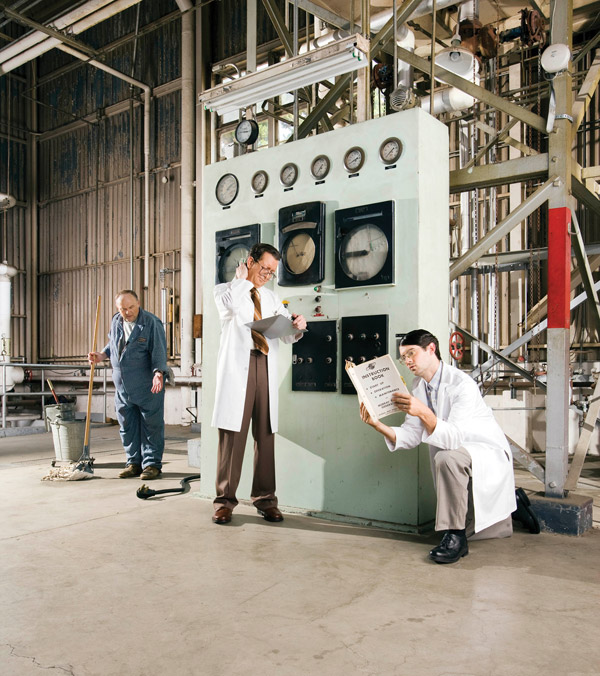
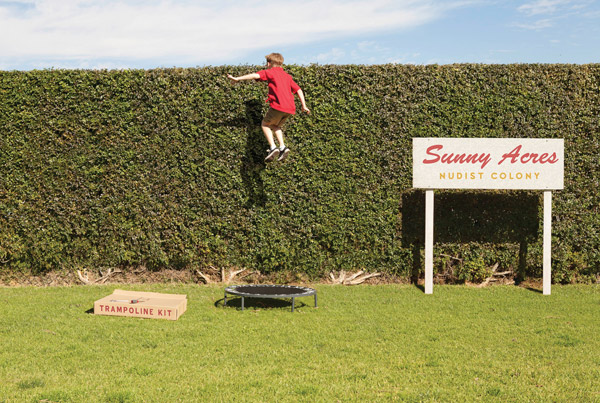
SB: Any ad agency buying photography will be buying usage based on their client’s needs—local, regional, or national—and the geography is about the extent of the usage, not the location or size of the ad agency. What have you found regarding local vs. national advertising?
Christina Peters: Just because a client is local doesn’t mean they are going to do local advertising. It actually doesn’t matter if the client is local or not. It’s all based on usage.
Astor Morgan: With the Internet making the world we live in smaller, there really aren’t many products that may be for locals only. From personal contacts, I have shot jobs for local restaurants, construction companies, karate studios, and other vendors for their local advertising. These guys, in my experience, don’t use an agency, and their budgets are small, but every job is not going to be a “home run”; sometimes you have to hit a few “singles” to keep your business in the game.
Anthony Nex: There are big differences in usage and budget, which are typically symbiotic. I’d like to say that local clients have a better idea of their market, but that often isn’t the case.
David Zaitz: Fees and usage rates for local/small clients tend to be lower than national clients. Often when dealing with a small client there is some amount of education that has to take place. Many small companies aren’t clear about usage. Often they think, “Hey, I paid for the shoot, I own the photos, right?”
SB: With all of the changing economies and technologies in the ad industry, what seems to be working best for marketing?
Anthony Nex: By far the most successful is the face-to-face meeting. Making the personal connection to show our work has an incredible success rate. The easiest method, e-mail marketing, works the least and direct mail falls somewhat in the middle. But nothing beats the 15-minute portfolio appointment.
Christina Peters: We have been getting a lot of advertising clients finding me on Google. Ever since my first website in 1997, I’ve worked very hard on getting my website to place high in the search engines for “food photography.” With a lot of the younger ad agency clients we now have, we have a lot of them looking for food shooters using the Internet and Google. My rep feels this is something that does not work for all types of photography but for food photography it seems to help.
David Zaitz: A multi-pronged approach is essential, and luckily it’s easier than ever to keep multiple plates spinning. Using websites, Facebook, Twitter, blogs, online directories (such as FoundFolios.com, Workbook.com, and PhotoServe.com), direct mail, e-mail promos: everything should drive the viewer to your website where they can see the full portfolio. The website is a great place to not only show work but show personality since face-to-face meetings are sometimes hard to obtain. Public relations strategy is also important. This goes beyond social media (but any publicity can be referred to in social media). Being mentioned in Photo District News or any other industry magazine can be leveraged into marketing value.
Astor Morgan: That is a loaded question! E-mails, mailers, phone calls, cold calls, and networking. Did I miss anything? I think it’s important to keep doing it all. While many ad agencies have ways of blocking photography e-mail campaigns, some get through, some are never opened, but occasionally that one e-mail may get opened that leads to an introduction.
Currently I like using printed books. I can create a project or edit a book that is created for a specific potential client.
Sometimes spending that $40 on a custom printed book for a “leave behind” is more valuable than spending $40 on an e-mail blast. That personal touch of doing something a little different to help you stick out can go a long way. Another use of these short-run printed books is to stay in touch with a current contact or client. Your current clients and contacts are being bombarded by the photography campaigns of other photographers. How do you compete with new technologies to keep your current clients? Make sure your current clients see that you, too, are changing with technologies in the photo industry.
One place where photographers are gaining a marketing edge due to the economy is that we can shoot video now, and include it for a nominal fee to our still photography invoice. We can shoot video with the same sized crew we shot stills with, not the big film or video crew of a decade ago. More and more clients are asking for video, even as an afterthought they are asking for “a little video.” If they ask, the answer is, “Yes, I can deliver video.” Make sure you are truly able to deliver video; you don’t want to lose a client. And these potential clients aren’t asking, “Do you have a full-frame sensor?” No, they are asking, “Can you also shoot video?”
Most photographers already know composition, exposure, lighting, depth of field, and getting a shoot done with a small crew. Moving into video may be an easy transition. Yes, there is a learning curve, and watch out for those permits. Shooting “a little video” is a whole different animal where the permit office is concerned. For a small crew, a still photography permit in a local Los Angeles park is about $60. A filming permit, at the same park location, is about $450 plus a monitor on set with you at an additional hourly rate. So, if you are including video for a client, and don’t want the risk of being shut down, check on the permits.
SB: What do you think are the main issues and concerns of advertising photographers today and what do you think it will be like two to three years from now?
David Zaitz: Some segments of advertising photography are stronger than ever (e.g., pharmaceuticals) while others are going through quite a shift (automotive with CGI nipping at its heels). More clients are asking for unlimited use/time because there are so many more avenues in which the images could potentially be used (web, tablets, apps, etc.). Many clients are hiring photographers to create image libraries that can become proprietary imagery for them to be used across multiple platforms. This can be a lucrative project for photographers who price them fairly.
Astor Morgan: I think the state of advertising photography is getting better. We took a hit the last couple of years, but clients are starting to realize again the value of quality images and the value of professionalism. The issue was wanting more and more for less and less. Rates have seemed to stabilize and are on their way back up. But this all takes time and self-promotion cannot produce magic overnight. My current clients, and the clients I am currently negotiating ideas with, are people with whom I have long established relationships.
Christina Peters: I feel the state of advertising photography (for food) is that people are expecting a lot more work for a lot less money. There are a lot of people calling themselves photographers who do not know what industry standards are for pricing their work and as soon as they do a job with a client they become that client’s “standard.” In two or three years from now I just can’t imagine what it will be like but the low-ball shooters cannot last. Until then it might really be a clearing of the pro shooters versus the newbies who underprice themselves into extinction.
Anthony Nex: I love the state of advertising photography today! There are so many different approaches that are accepted, more venues for use of photography, and new technologies. It’s really a great time to be a photographer. With the rapidly improving economy and increased technological advances I think the next five years are going to be very exciting.
The main issue and concern is that it is so easy to produce an “acceptable” image now. This squeezes out the “technician”-type photographers and really rewards those with vision, creativity, people skills, and production experience.
Web Resources
Astor Morgan
• AstorMorgan.com
• FestaDiSantAgata.com
• iSpyWithMyPlasticEye.com
Anthony Nex
• www.anthonynex.com
• www.helmsdaylightstudio.com
Christina Peters
• www.christinapeters.com
• http://mdrphotographyclasses.com
David Zaitz
• www.davidzaitz.com




